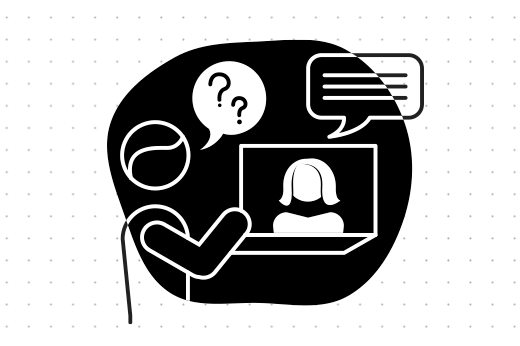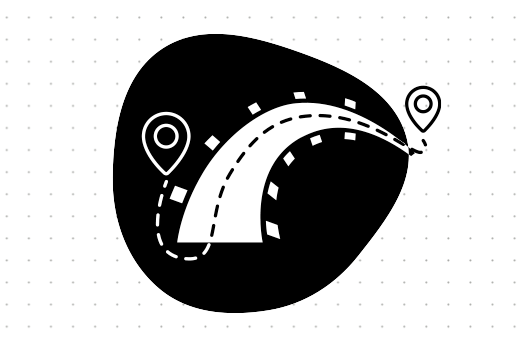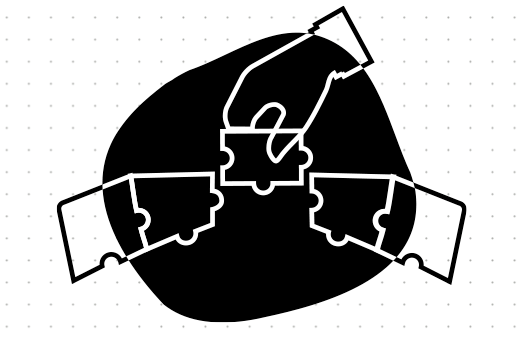Filter by category
Many businesses believe they can gracefully leap from an initial idea to a grand software product, often to find themselves falling into an endless maze of changing scopes. Skipping steps — even if might be the faster alternative — ends up being a time-consuming, costly affair that can leave stakeholders, development teams, and everyone involved on the verge of frustration.
According to a study conducted by famous analytics firm McKinsey, the four leading issues that lead to project failure are unclear objectives, shifting requirements, unaligned teams, and unrealistic timings combined with reactive planning, all of which can be elegantly avoided by performing a Discovery Phase.
Even if it might seem counterintuitive, slowing down at the beginning will result in getting things done faster in the long run — especially if the initial product idea is vaguely defined. A Discovery Phase helps businesses validate and clearly outline their idea, giving them all the missing pieces needed to kick-off development for a Minimum Viable Product (MVP). As a result, the development will march on faster, expectations will be met (because they were set) and money will be saved. So let’s discover together what a Discovery Phase is and how it can save your software product from failing before it even had a chance to succeed.
What Is the Discovery Phase
As its name fairly suggests, the Discovery Phase is all about uncovering:
the problem you are trying to solve;
the scope of the project;
the end goals;
the user journey;
the current state of the niche market.
It’s an exploratory phase in which research will give businesses, UI/UX designers, and development teams the leverage needed to step into the development phase knowing exactly what they are doing and what their limitations are.
Depending on the complexity of the product idea, a Discovery Phase can take anywhere from two weeks to two months, time in which business analysts, product engineers, UX/UI designers, and, in particular cases, solution architects dig into every imaginable piece of info available.
This very fruitious step wraps up with a set of deliverables that open the road towards the development of a first release of the software product. These deliverables are:
a comprehensive document called Software Requirements Specifications (SRS);
an interactive prototype;
a roadmap aka a kick-off plan;
a budget (time & cost) estimation;
team staffing requirements.
How a Discovery Phase Unfolds
Since the Discovery Phase marks the first step in the software product development journey, it starts big, with high-level specifications regarding the end-goals and the core functionalities. To define these points, the Discovery Team and the stakeholders get together to draft the initial direction.
As soon as everybody has the big picture, it’s time to break things down through research. The Discovery Team, composed of business analysts, product engineers and UI/UX designers, get down to work and expand their findings through a Business Model Canvas, user flow diagrams, and a market and competitive landscape analysis. The team will leave no digital or business stone unturned. In fact, they will go as deep into the research as necessary until they gather the level of specifications needed for a successful MVP development.
At the conclusion, the stakeholders will receive a document that clearly outlines the core functionalities of the product, the business goals, the user journeys, and the competition, with a full understanding of what a successful outcome means. Plus, they’ll go through an interactive design prototype rooted in research, not gut feeling, ready to be tested with real users for feedback that will be ultra-valuable in the development phase. What’s more, the SRS document will offer a tangible idea of how the development team should look and what technologies would work best for developing the product.

The Discovery Phase is a good place to build trust and establish common ground. Sometimes a business can use these Software Requirements Specifications and move into the Development Phase with a different software company than the one that conducted the Discovery Phase. As a best practice, who discovers together, develops together.
Daniel Markovits, Director of Engineering at [e-spres-oh]
Why Do It?
The Discovery Phase helps businesses fully clarify their goals and objectives based on market research. As a result, it minimizes risks, saves time, and reduces costs. The documents delivered at the end of the Discovery Phase have straightforward directions that will help align all stakeholders involved.
With clear directions and quantifiable goals that are guaranteed not to change due to novel information, the path is set towards frustration-free development. Stakeholders, designers, and developers will get along easier, better, and have more efficient collaboration. Everyone involved will know what to do and in just how much time.
The Discovery Phase is generally an opportunity opener, enabling teams to find better solutions that might have not been so obvious from the get-go. By getting to understand the product better, its opportunities, and its limitations, new horizons are visible, ones that might have not even seemed initially possible.
This step, considered superfluous by many, provides a valuable context that will help a product thrive in the real-world. Through user-research, functionalities can be better defined as a key to a successful outcome. And, speaking about the outcome, a Discovery Phase encourages stakeholders to focus on objectives and goals and what specific deliverables can get them to these. Which is, in the end, the purpose of it all.
First an MVP, Then the Entire World
It’s easy to get carried away by the desire to get things done right away. But research isn’t a nice-to-have item. Research is a stepping stone for strong products. Thus, the Discovery Phase should be the basis of all first-releases of any software product.
It’s been long proven that the waterfall model has major flaws and a high potential to flood teams with frustrations. By developing a Minimum Viable Product (MVP), a business can make sure their product has value and then continue to add new extra functionalities gradually. An MVP is also a great way to help stakeholders attract investors and gather funds for further development.
All things considered, digital capabilities are always changing. This step-by-step approach ensures a business will always be in-tune with the times and with its stakeholders. As they say: sometimes you need to slow down to speed up.
From us to you, all the great energy needed for your Discovery Phase.





